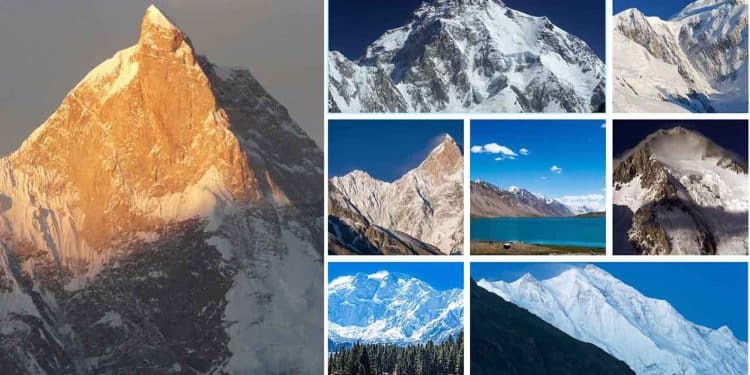Pakistan is home to some of the world’s highest and most challenging mountain peaks. Pakistan is renowned for its towering peaks, with 108 mountains exceeding 7,000 meters and 4,555 rising above 6,000 meters. The exact number of peaks above 5,000 and 4,000 meters is unknown. Five of the 14 highest isolated peaks in the world, referred to as the eight-thousanders, are found in Pakistan, four of which are located near the convergence of the Baltoro and Godwin Austen glaciers. The majority of these impressive peaks are located in the Karakoram mountain range, which mostly resides in the Gilgit–Baltistan region and is considered distinct from the Himalayan range. In addition, Pakistan boasts over 7,000 glaciers, second only to the polar regions. Here are the top 10 mountains in Pakistan:
- K2 (Mount Godwin-Austen)
- Nanga Parbat
- Gasherbrum I
- Broad Peak
- Tirich Mir
- Gasherbrum II
- Kunyang Chhish
- Distaghil Sar
- Masherbrum
- Rakaposhi
K2 (Mount Godwin-Austen)
K2 is the second-highest mountain in the world at 28,251 feet, and the tallest in Pakistan. It is located in the Karakoram Range and is considered one of the most difficult peaks to climb due to its steep slopes and unpredictable weather conditions
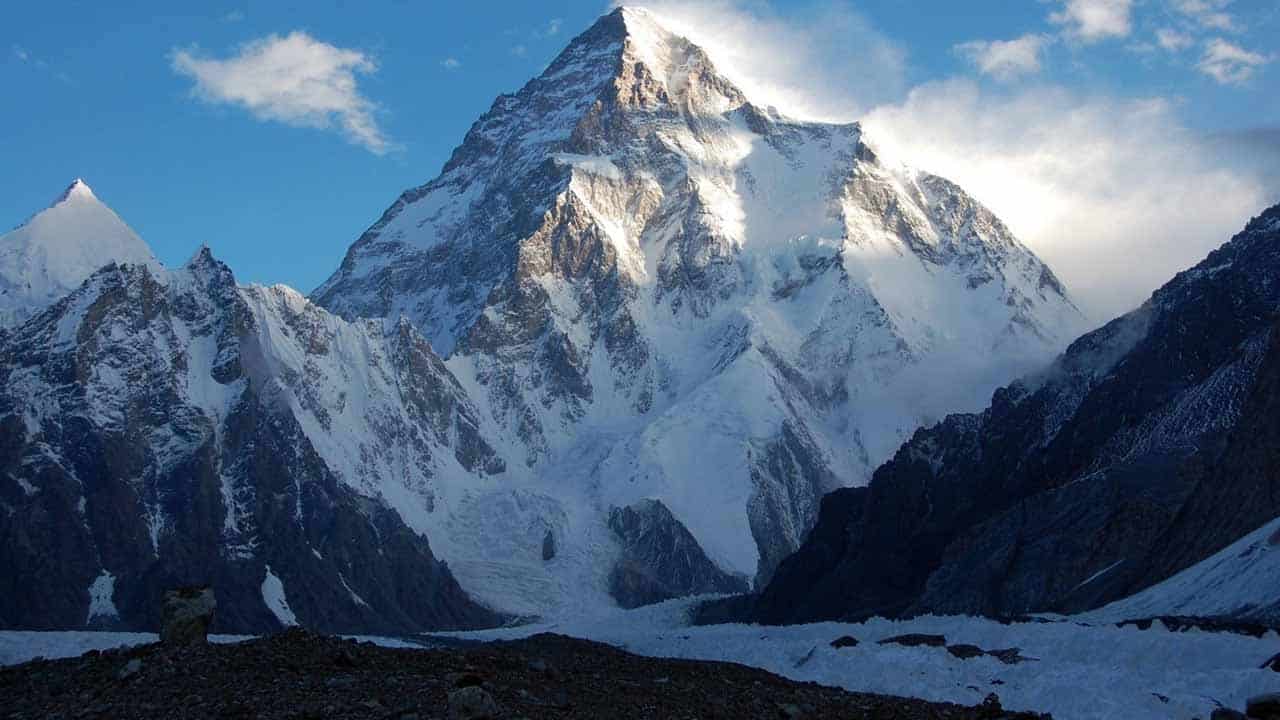
Due to its challenging and dangerous nature, K2 has earned the nickname “Savage Mountain,” coined by climber George Bell during the 1953 American expedition. Out of the world’s five highest peaks, K2 has the highest fatality rate with one death for every four summits. It is also referred to as “The King of Mountains,” “The Mountaineers’ Mountain,” and “The Mountain of Mountains,” the latter being the title of Reinhold Messner’s book about the peak.
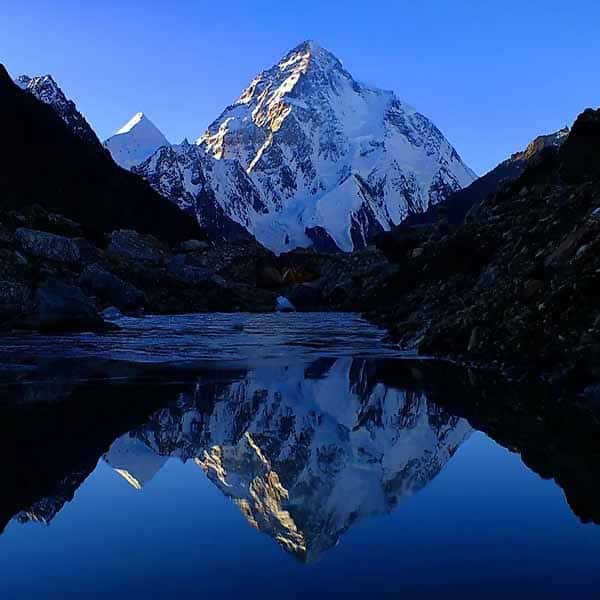
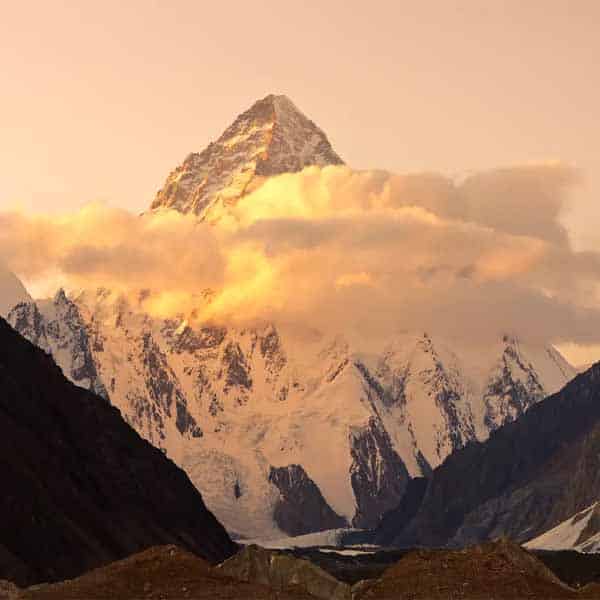
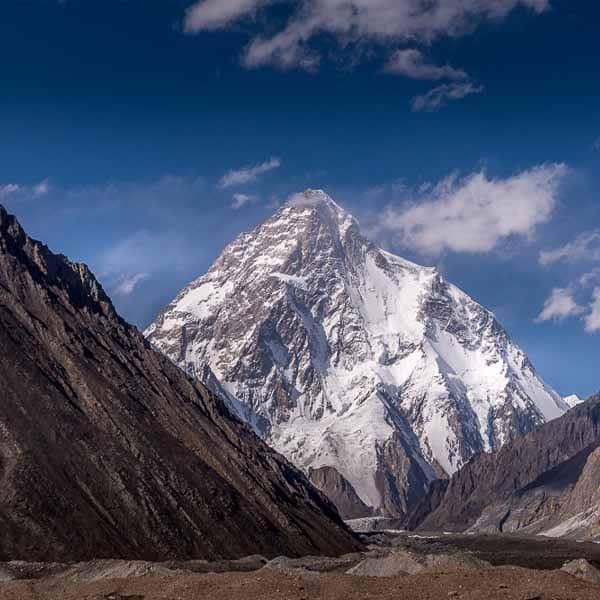
K2 is considered one of the most difficult and dangerous mountains to climb, with a high fatality rate and a challenging climb that requires technical skills. Despite its reputation, K2 continues to draw mountaineers from around the world who are drawn to its beauty and the challenge it presents. The first successful ascent of K2 was made in 1954 by an Italian team.
Nanga Parbat
Nanga Parbat, located in the western Himalayas in the northern region of Pakistan, is the ninth-highest mountain in the world, with a height of 8,126 meters (26,660 ft) above sea level. The name Nanga Parbat translates to “Naked Mountain” in local languages, and it is also known as the “Killer Mountain” due to its difficult and dangerous climbing routes.
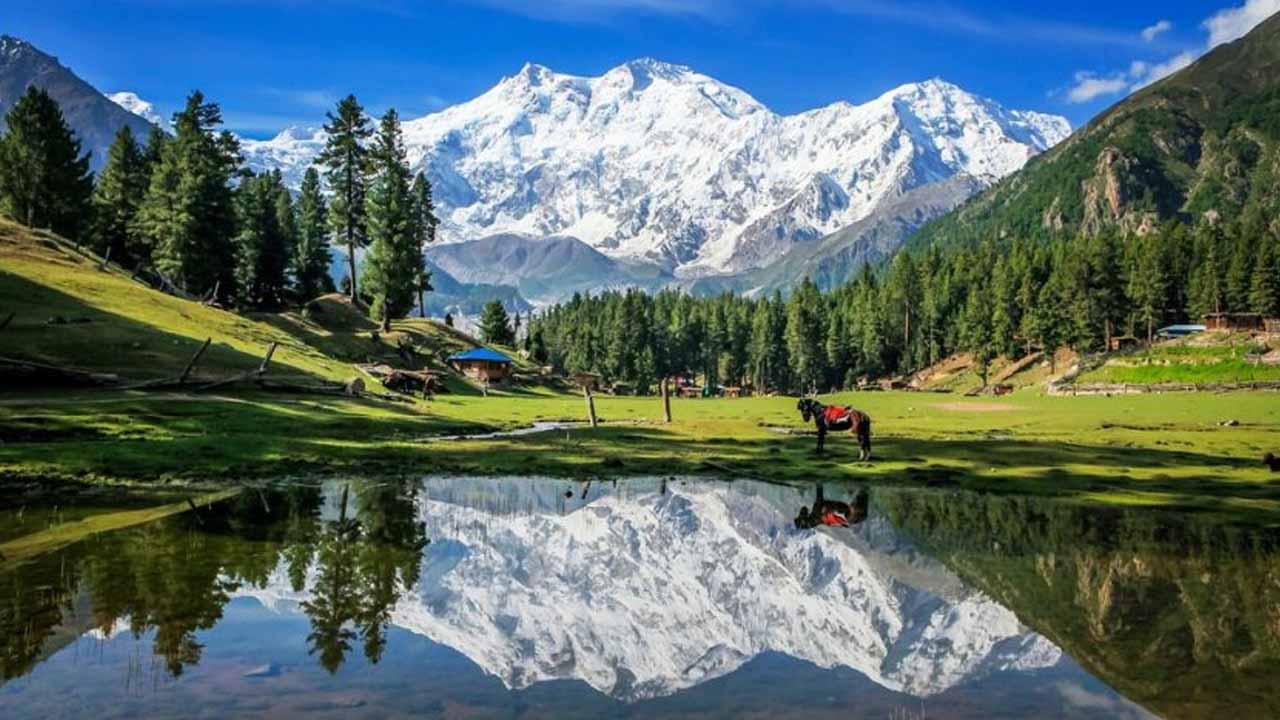
Nanga Parbat is considered one of the most challenging peaks to climb, with a long history of mountaineering attempts and fatalities. One of the most famous and dramatic events in the history of Nanga Parbat was the 1970 disaster that resulted in the death of 11 climbers. The climbers were part of a multinational expedition, and the tragedy was the largest single loss of life in the history of Himalayan climbing. The event was later chronicled in the book “The Naked Mountain” by writer Reinhold Messner, who himself would go on to become one of the most famous mountaineers in the world.
Despite its reputation for being a challenging and dangerous mountain, Nanga Parbat continues to attract climbers from all over the world. The most commonly used route for climbing Nanga Parbat is the Rupal Face, which is considered one of the largest mountain faces in the world. It is a steep, 4,000 meter-high rock and ice wall that provides a challenging and strenuous climb.

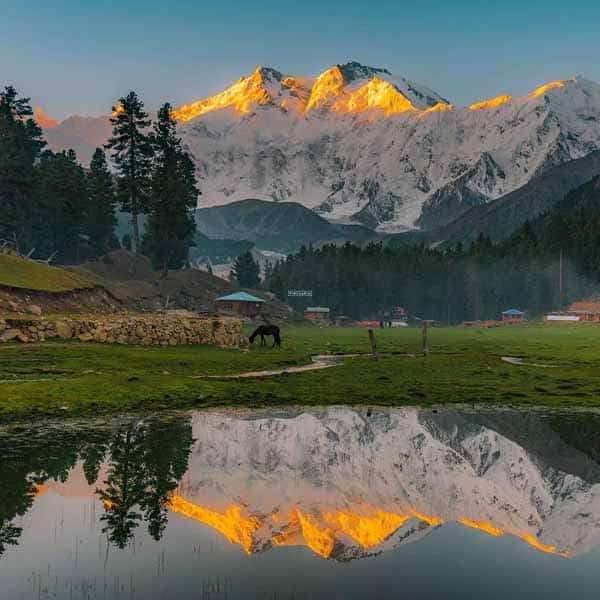
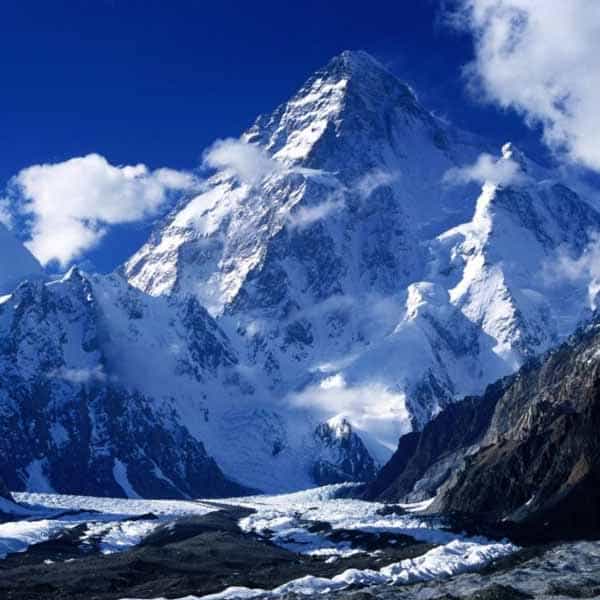
Despite its dangers, the climb to the summit of Nanga Parbat remains a bucket-list item for many experienced mountaineers. The mountain is a true test of skill, strength, and endurance, and the experience of standing on its summit is unlike any other. The climb also provides a unique opportunity to experience the beauty of the western Himalayas and to gain a deeper appreciation for the natural world.
Gasherbrum I
Gasherbrum I, also known as Hidden Peak, is the 11th highest mountain in the world, standing at a height of 8,080 meters (26,514 ft) above sea level. It is located in the Karakoram range in northern Pakistan and is part of the larger Gasherbrum massif, which includes several peaks over 7,000 meters.
Gasherbrum I is a popular destination for mountaineers and is considered one of the most beautiful peaks in the Karakoram range. Its distinctive pyramid shape and sparkling snow cover make it a stunning sight, and it provides a challenging climb for experienced mountaineers.
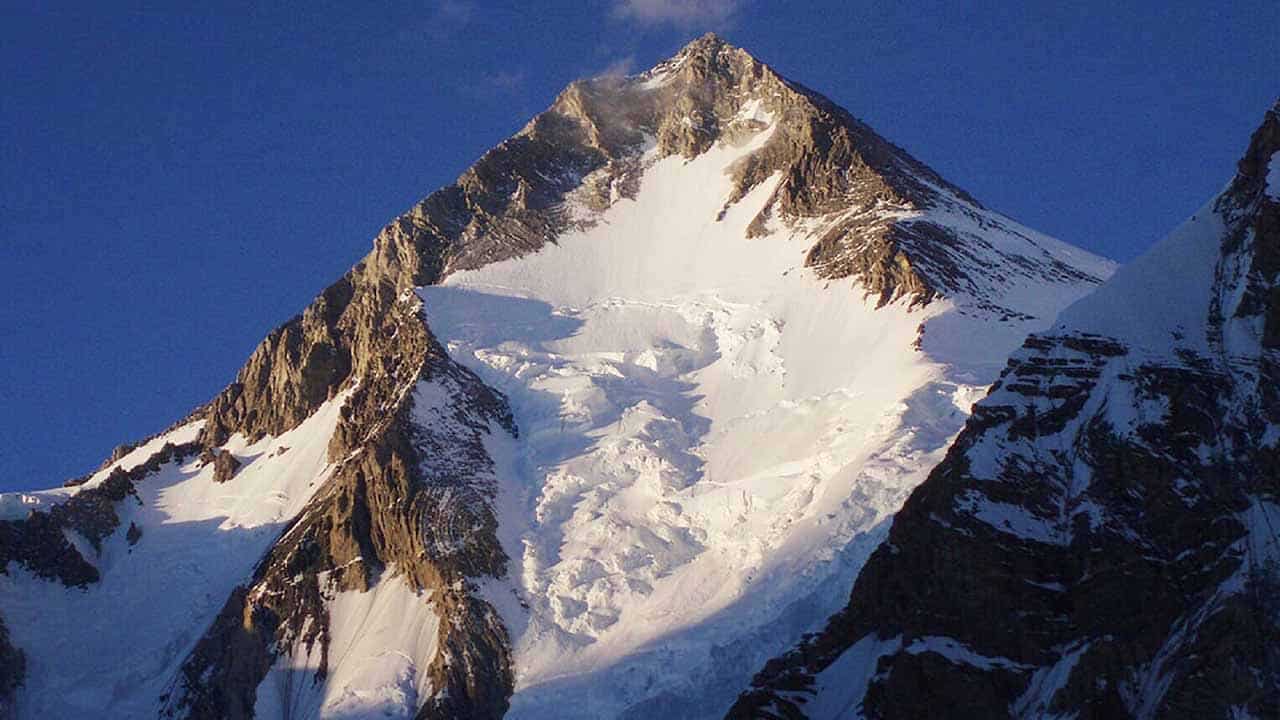
The first successful ascent of Gasherbrum I was made in 1958 by an American team, and since then the mountain has seen numerous climbing expeditions. The most commonly used route for climbing Gasherbrum I is the Southwest Ridge, which provides a moderate level of difficulty and requires technical climbing skills.
One of the unique features of Gasherbrum I is its location in a remote and pristine wilderness area. The region surrounding the mountain is home to several high-altitude glaciers, including the Siachen Glacier, which is one of the longest glaciers in the world. These glaciers provide a stunning backdrop for the climb and are an important source of water for the region.
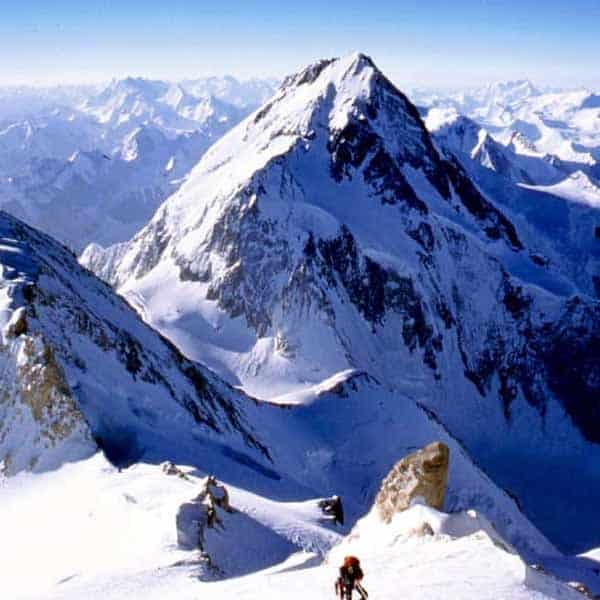
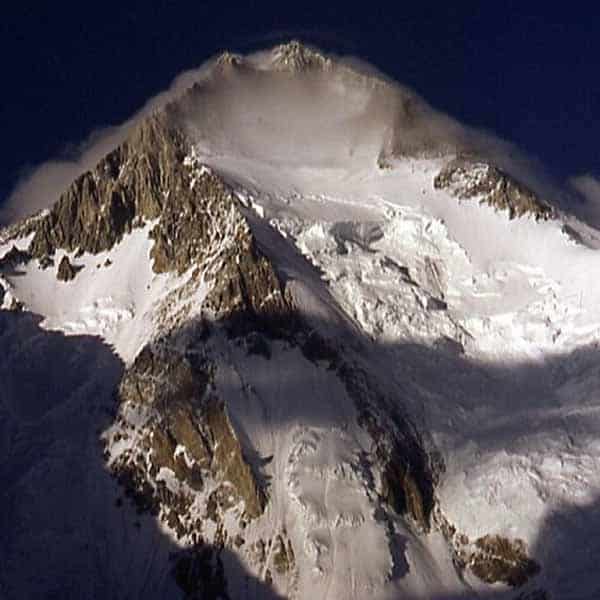
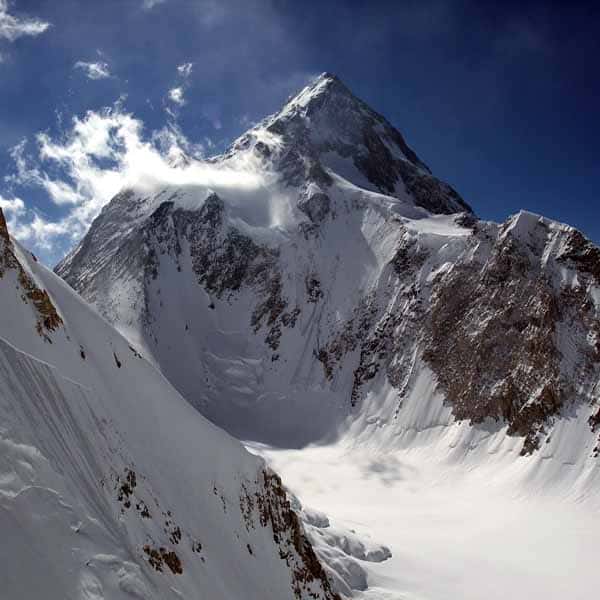
Gasherbrum I is also important from an ecological perspective, as the high-altitude ecosystem surrounding the mountain is home to a variety of unique flora and fauna. The region is considered a biodiversity hotspot, and the preservation of this ecosystem is important for the health of the planet as a whole. In addition to its natural beauty, Gasherbrum I is also important from a cultural and historical perspective.
Broad Peak
Broad Peak is the 12th highest mountain in the world, standing at a height of 8,051 meters (26,414 ft) above sea level. It is located in the Karakoram range of the Himalayas in Pakistan and is part of the Gasherbrum massif. Broad Peak is known for its broad summit ridge, which provides a relatively straightforward climbing route compared to other peaks in the region.
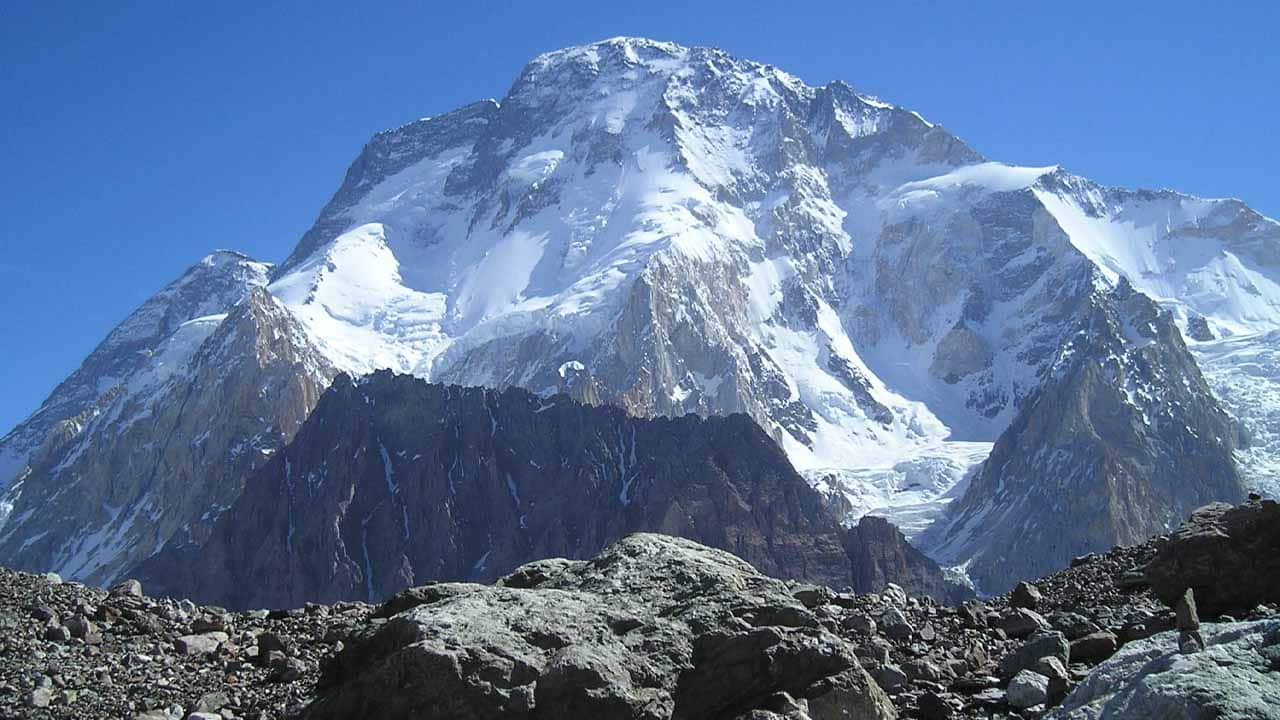
The first successful ascent of Broad Peak was made in 1957 by a German-Austrian team, and since then the mountain has seen a number of climbing expeditions. Despite its reputation as a less challenging climb, Broad Peak is still considered a difficult and dangerous mountain due to its high altitude and the unpredictable weather conditions in the region.
The ascent of Broad Peak typically takes several days, with climbers making their way up steep slopes and through deep snow. The summit offers panoramic views of the surrounding peaks, including K2, and provides a sense of accomplishment for those who reach the top.
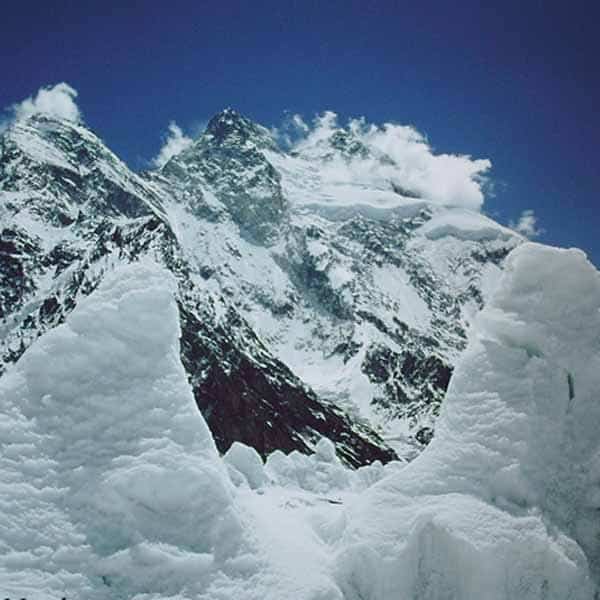
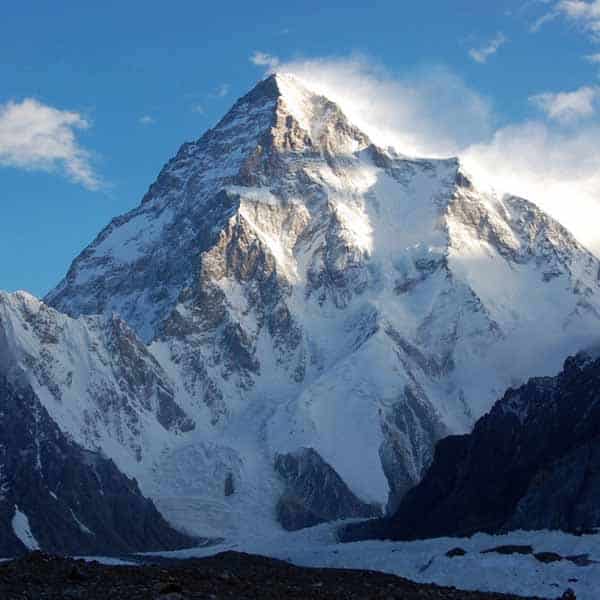
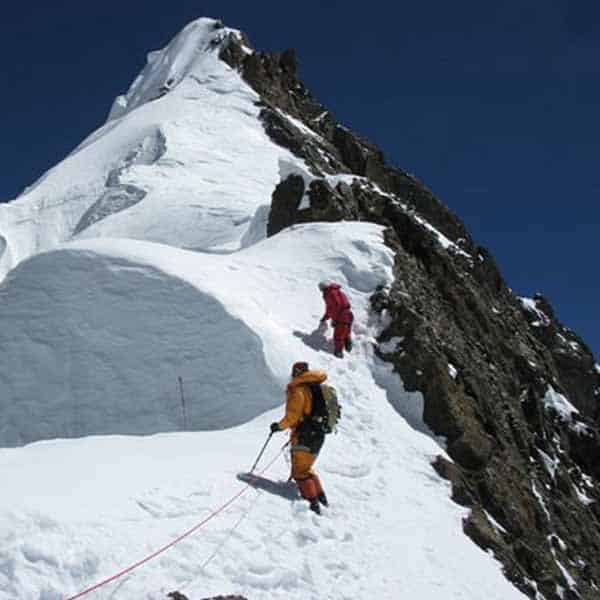
In addition to its mountaineering appeal, Broad Peak is also important from an ecological and cultural perspective. The region surrounding the mountain is home to a variety of unique flora and fauna, as well as several indigenous communities with a rich cultural heritage. The preservation of this ecosystem and cultural heritage is important for future generations to enjoy.
Tirich Mir
Tirich Mir is the highest mountain in the Hindu Kush range and the highest peak in Pakistan, standing at a height of 7,708 meters (25,289 ft) above sea level. It is located in the Chitral District of the Khyber Pakhtunkhwa province in northern Pakistan. Tirich Mir is considered one of the most challenging peaks in the Hindu Kush range, and its ascent requires technical climbing skills and a high level of physical fitness.
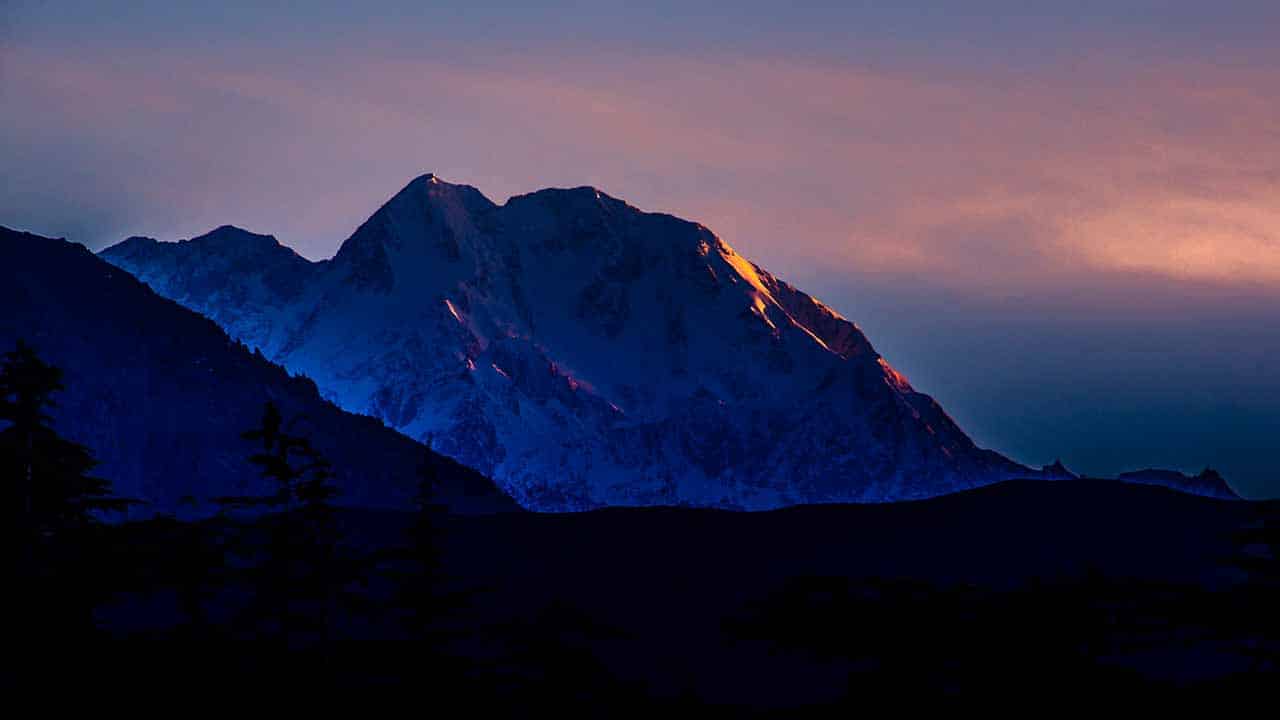
The first successful ascent of Tirich Mir was made in 1950 by a Swiss-Austrian team, and since then the mountain has seen a number of climbing expeditions. The ascent typically takes several days and involves navigating steep slopes, deep snow, and exposed ridges. Despite its difficulties, Tirich Mir is considered a popular destination for mountaineers due to its remote location and the sense of adventure it provides.
In addition to its mountaineering appeal, Tirich Mir is also important from a cultural and historical perspective. The region surrounding the mountain is home to several indigenous communities, including the Chitrali people, who have a rich cultural heritage and a long history of living in the area. The Chitrali people have a deep connection to the mountains, and the region is considered sacred by many indigenous communities.
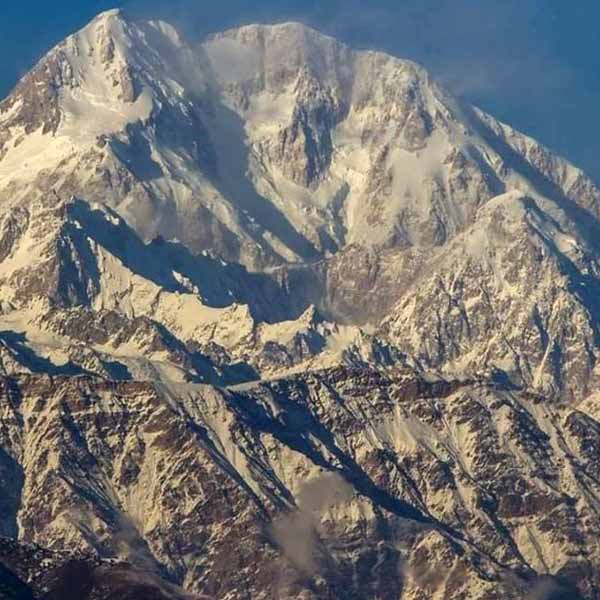
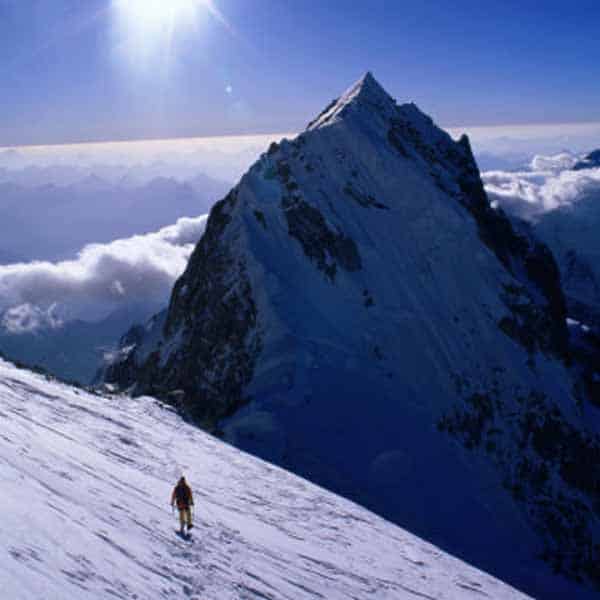
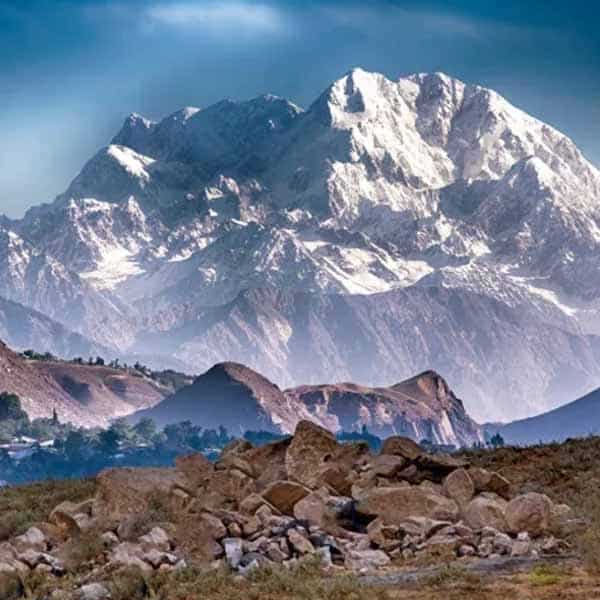
Tirich Mir is also important from an ecological perspective, as the high-altitude ecosystem surrounding the mountain is home to a variety of unique flora and fauna. The preservation of this ecosystem is important for the health of the planet as a whole, and it provides a critical habitat for a variety of species that are found nowhere else in the world.
Gasherbrum II
Gasherbrum II, also known as K4, is the 13th-highest mountain in the world, reaching a height of 8,035 meters (26,360 ft) above sea level. It is located in the Karakoram range of the Himalayas in Pakistan and is part of the Gasherbrum massif. Gasherbrum II is considered a challenging climb, with its ascent requiring technical skills and a high level of physical fitness.
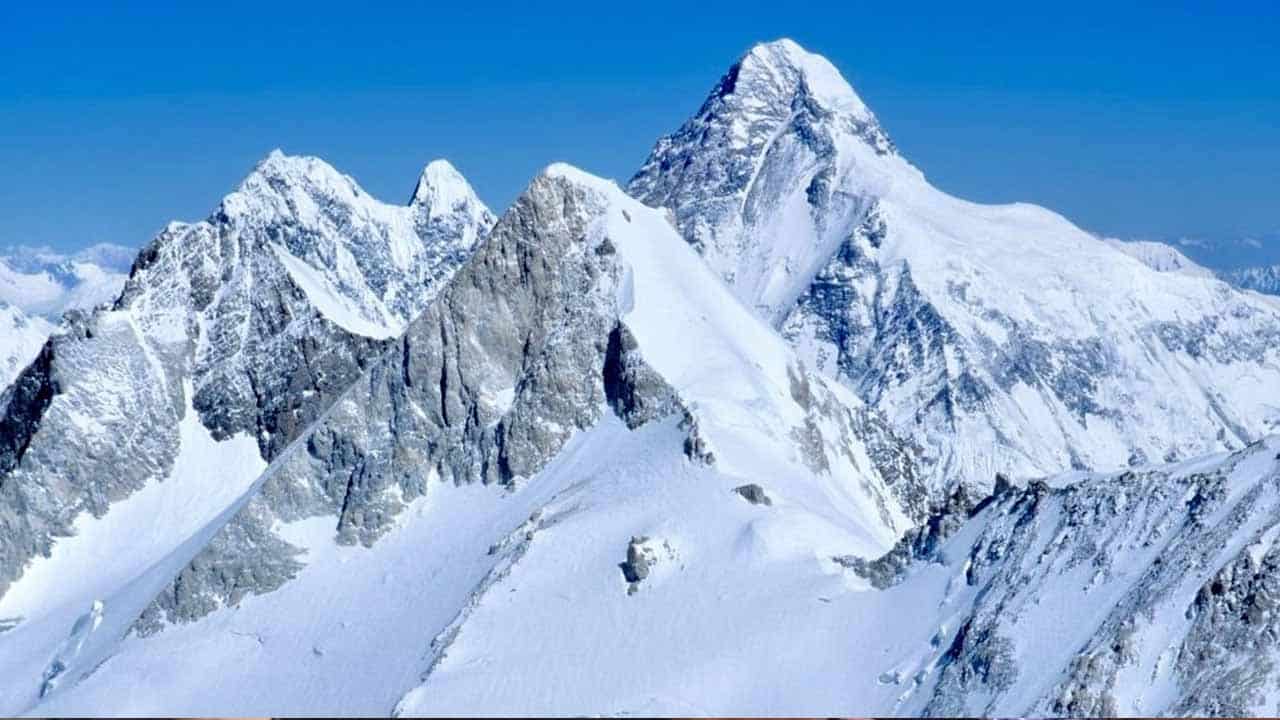
The first successful ascent of Gasherbrum II was made in 1956 by an Italian team. The climb typically takes several days, with climbers facing steep slopes and deep snow, as well as exposure to high altitudes and unpredictable weather conditions. Despite these difficulties, Gasherbrum II continues to draw mountaineers from around the world who are drawn to the challenge it presents and the spectacular views from the summit.
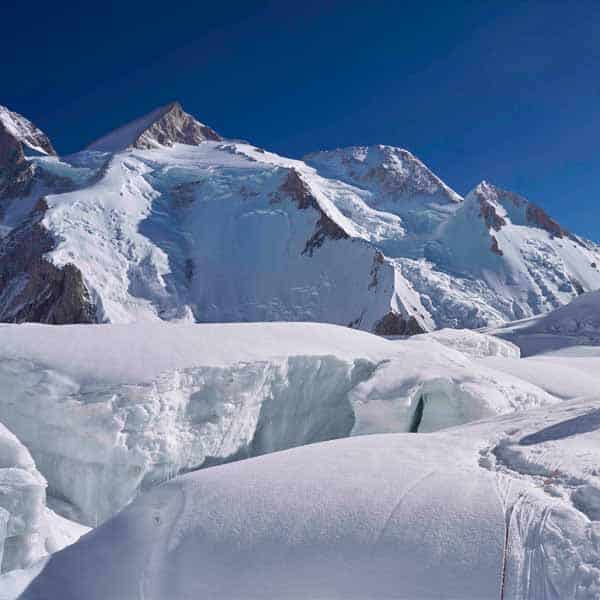
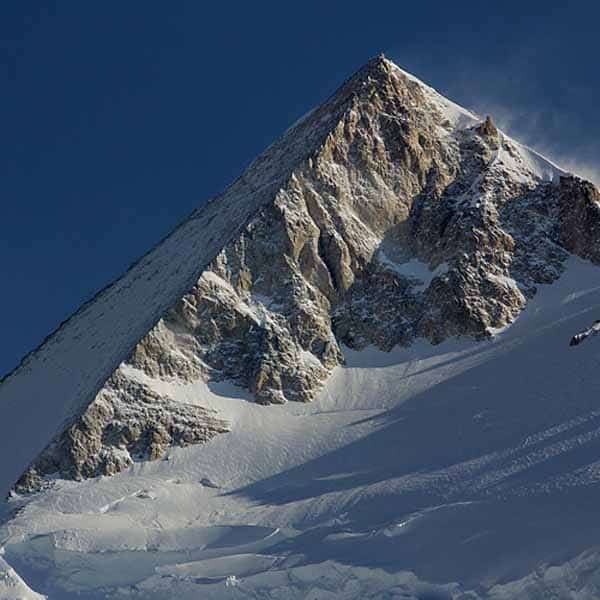
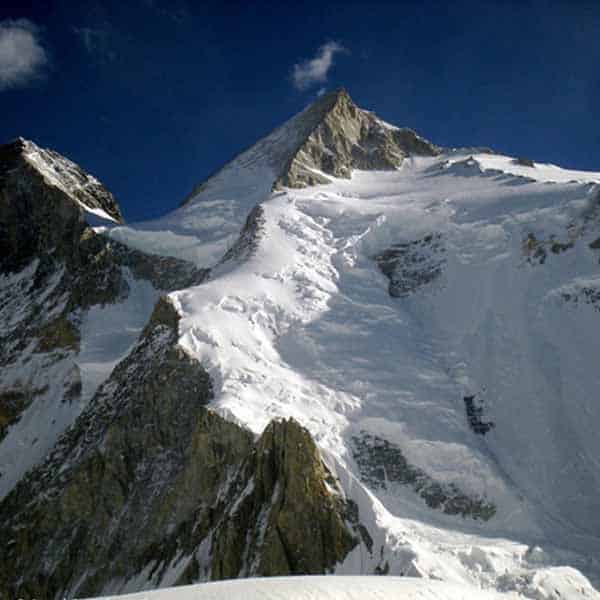
In addition to its mountaineering appeal, Gasherbrum II is also known for its dramatic and awe-inspiring appearance, with its steep, jagged ridges and towering peak making it a recognizable landmark in the region. For many, the climb of Gasherbrum II is a once-in-a-lifetime experience that provides a sense of adventure, accomplishment, and connection to the natural world.
Kunyang Chhish
Kunyang Chhish is a 7,400 meter (24,278 ft) high peak located in the Hispar Muztagh region of Pakistan’s Karakoram range. It is considered one of the most challenging peaks in the region and its ascent requires a high level of technical climbing skills and physical fitness.
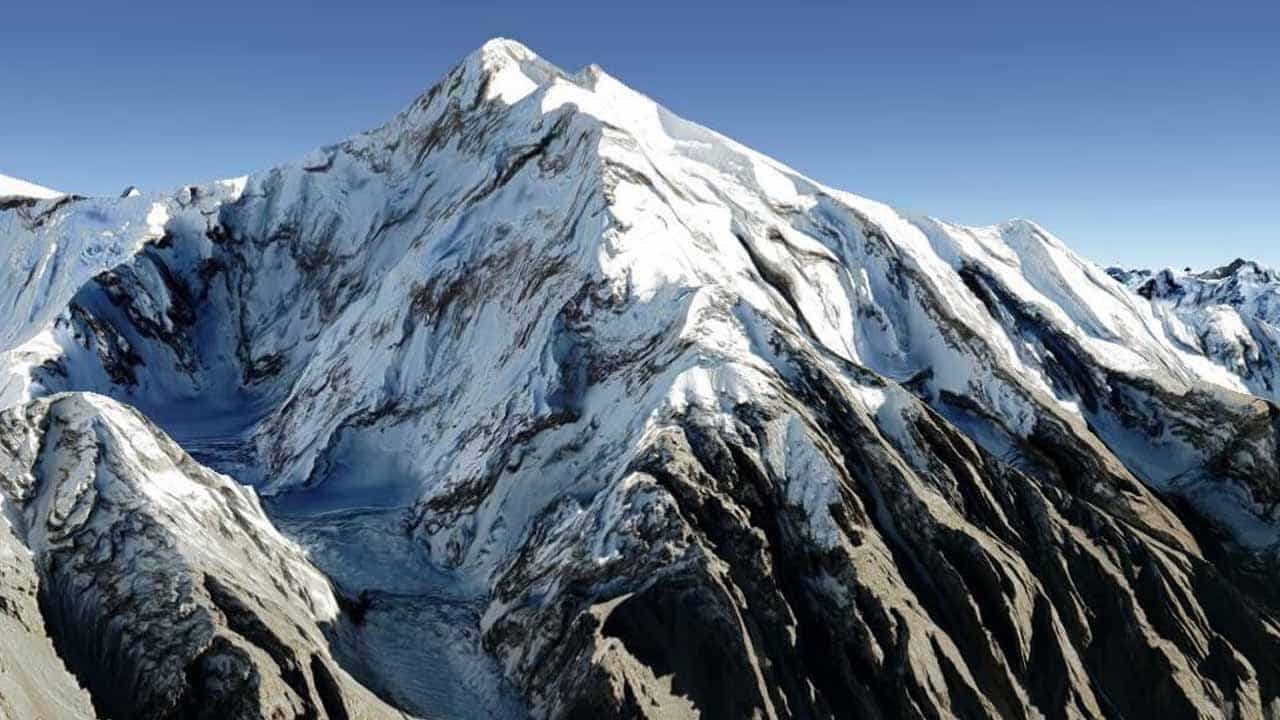
Kunyang Chhish was first climbed in 1977 by a Japanese team, and since then it has seen relatively few ascents due to its remote location and the difficulties of the climb. The ascent of Kunyang Chhish typically takes several days and involves navigating steep ice and snow-covered slopes, as well as exposed ridges and high altitudes. Despite these challenges, the peak continues to attract mountaineers who are drawn to its beauty and the sense of adventure it provides.
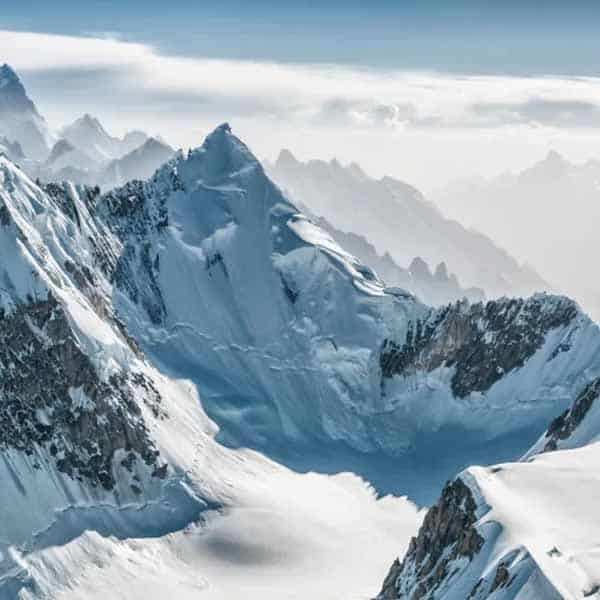
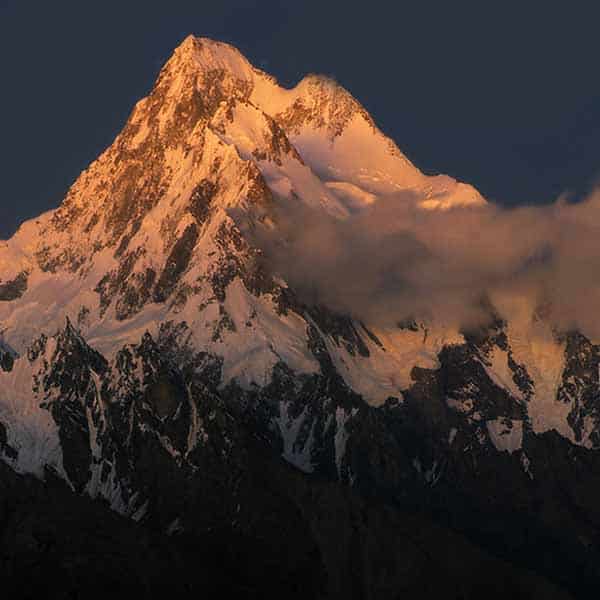
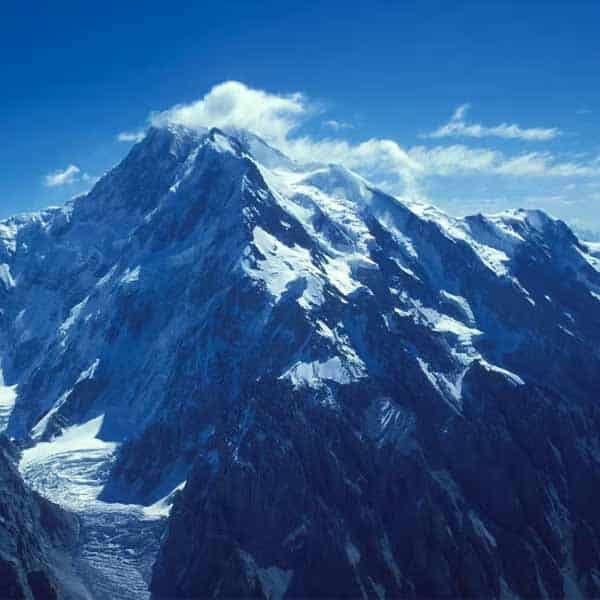
Kunyang Chhish is known for its dramatic appearance, with its steep, ice-covered slopes and towering peaks making it a recognizable landmark in the region. For many, the climb of Kunyang Chhish is a once-in-a-lifetime experience that provides a sense of accomplishment and connection to the natural world. The peak provides a stunning view of the surrounding peaks and valleys, and the sense of peace and isolation that it provides is unparalleled.
Distaghil Sar
Distaghil Sar, also known as Disteghil Sar, is a mountain peak in the Hindu Kush mountain range, located in the Chitral District of the Khyber Pakhtunkhwa province in northern Pakistan. It is one of the highest peaks in the Hindu Kush range and is considered to be one of the most challenging peaks to climb in the area.
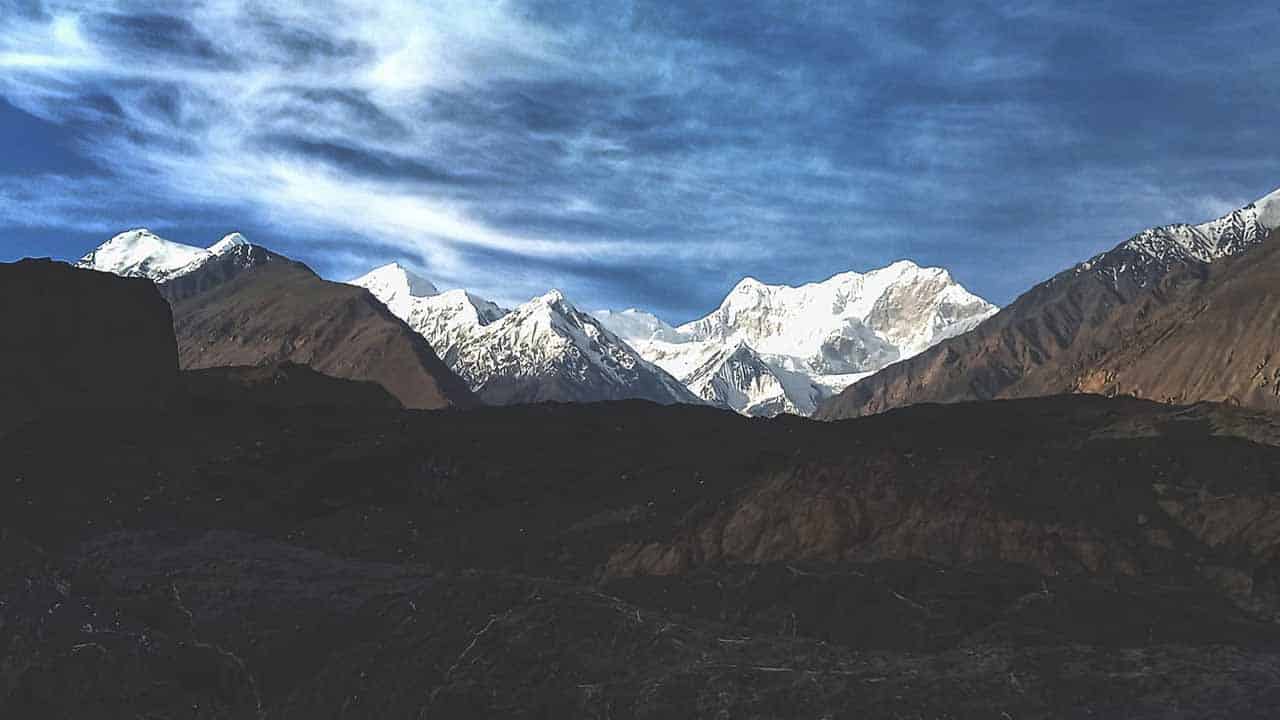
The mountain has a height of 7,885 meters (25,890 feet) and is known for its steep, rugged terrain and challenging climbing routes. The peak is located in an isolated region, surrounded by glaciers and snow-covered slopes, making it an ideal destination for experienced mountaineers and adventure seekers.
Despite its challenging nature, Distaghil Sar has become a popular destination for mountaineers from around the world. The best time to attempt the climb is from June to September when the weather is relatively stable and the snow conditions are favorable.
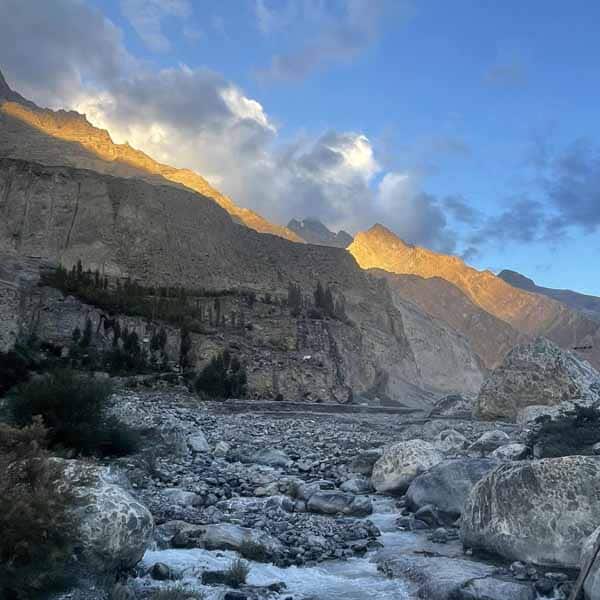
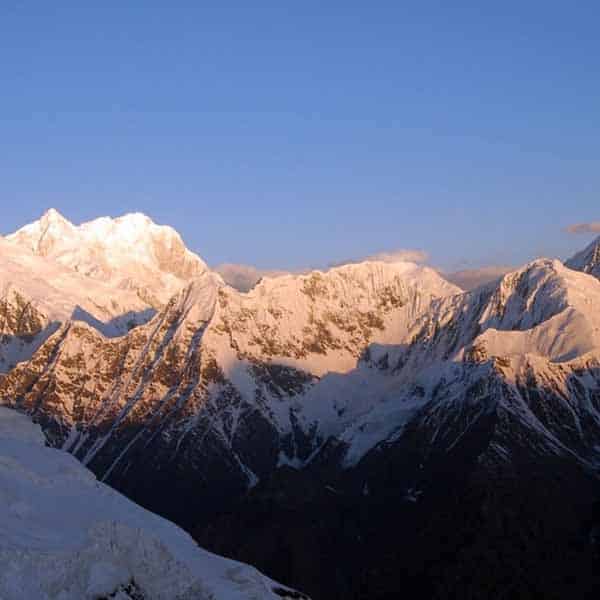
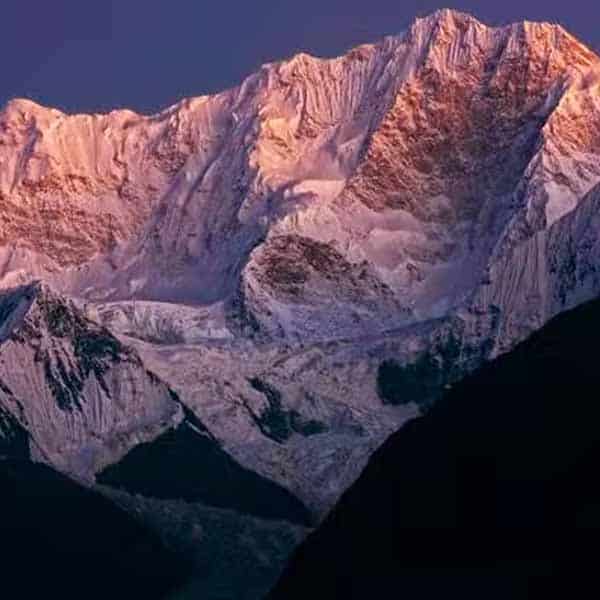
However, climbing Distaghil Sar requires a great deal of preparation, both physical and mental. It is essential to have a good level of fitness and experience in high-altitude climbing, as well as the necessary gear and equipment. Despite the challenges, the climb to the summit of Distaghil Sar offers a truly unforgettable experience. The panoramic views from the top are simply breathtaking, with breathtaking vistas of the surrounding mountains and valleys stretching as far as the eye can see.
Masherbrum
Masherbrum is a mountain peak in the Karakoram mountain range of northern Pakistan. It is the 22nd-highest peak in the world, with a height of 7,821 meters (25,659 feet) above sea level. The peak is located in the Ghanche District of the Gilgit-Baltistan region and is considered to be one of the most challenging peaks to climb in the Karakoram range.
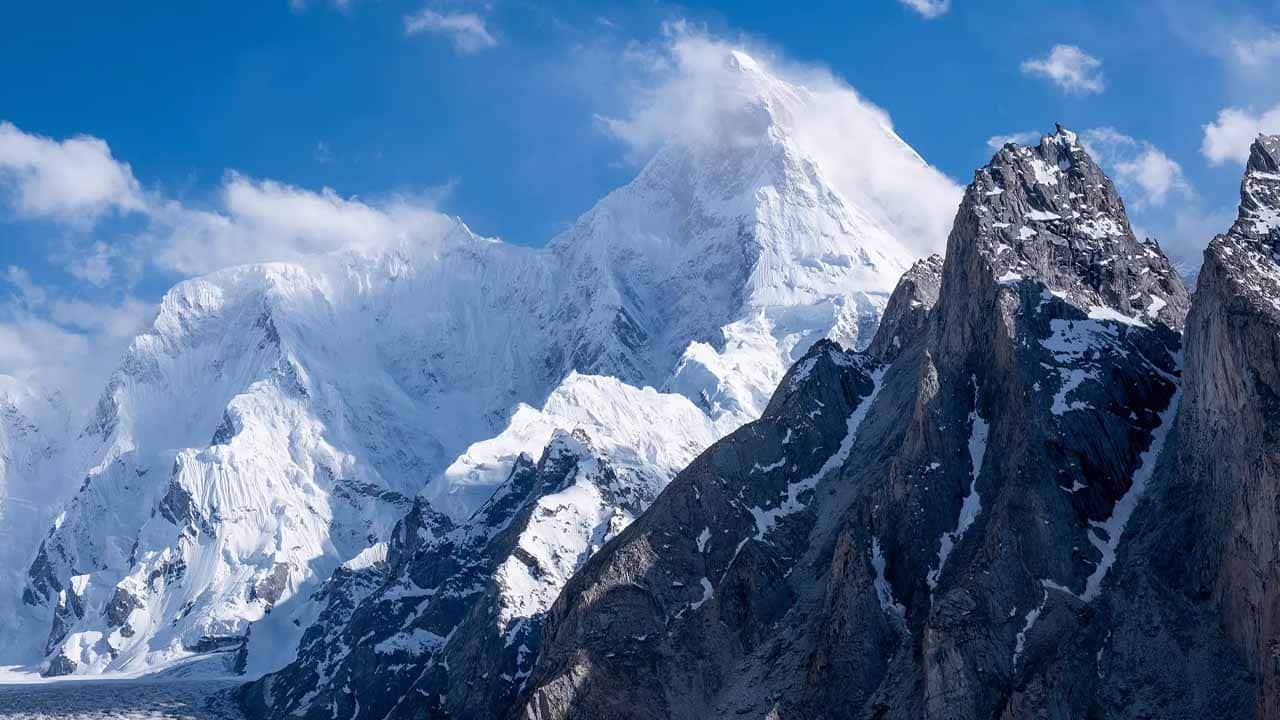
Masherbrum is known for its steep, glaciated slopes and challenging climbing routes. It is surrounded by a number of other peaks, including several over 7,000 meters in height, making it a popular destination for mountaineers and climbers from around the world.
The best time to attempt the climb is from June to September when the weather is stable and the snow conditions are favorable. However, climbing Masherbrum requires a great deal of preparation, both physical and mental, as well as the necessary gear and equipment.
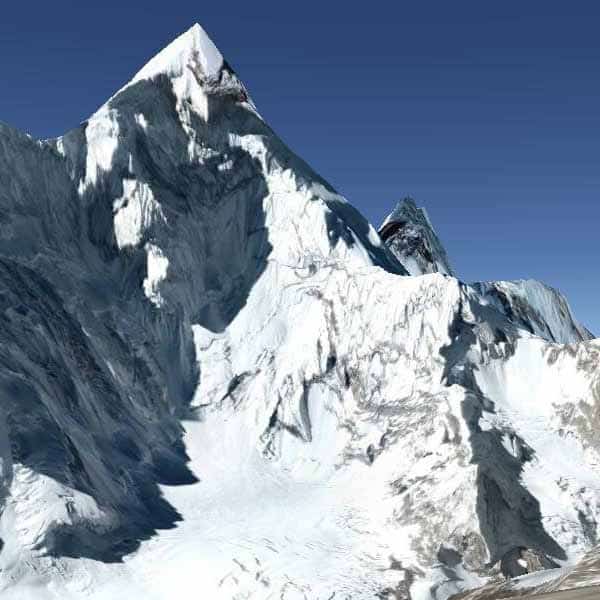
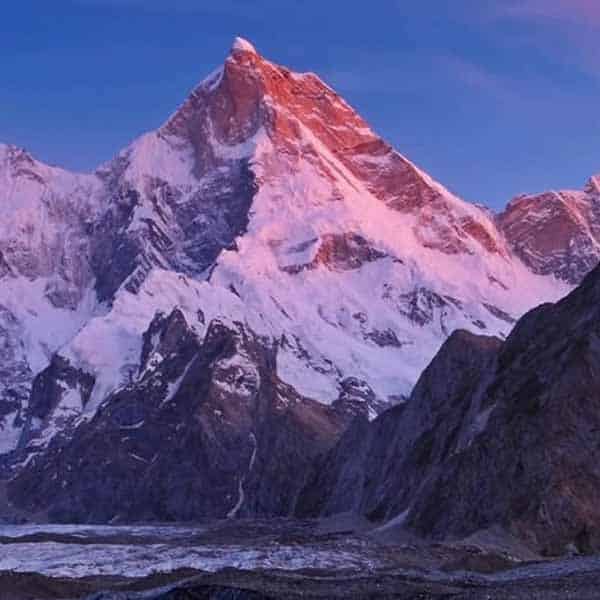
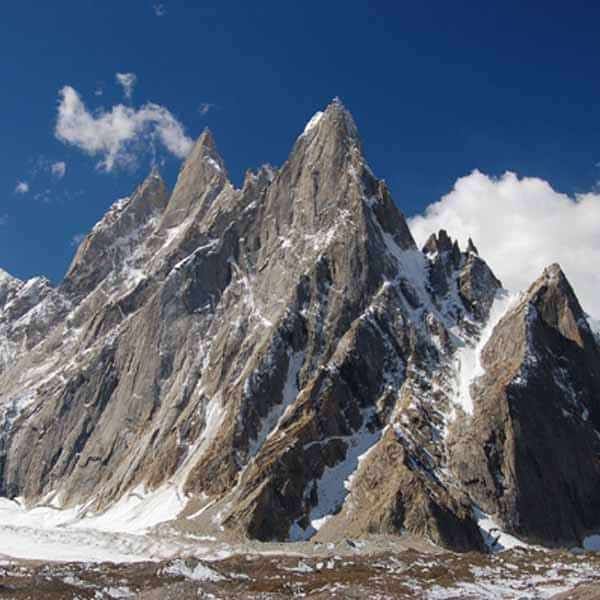
Despite the challenges, the climb to the summit of Masherbrum offers a truly unique and rewarding experience. The views from the top are breathtaking, with panoramic vistas of the surrounding peaks and glaciers, as well as the lush valleys below.
Rakaposhi
Rakaposhi is a mountain peak located in the Nagar Valley, in the northern areas of Pakistan. It stands at an altitude of 7,788 meters above sea level and is considered one of the most beautiful and majestic peaks in the world. The name “Rakaposhi” means “Snow Covered” in the local language, reflecting its stunning white appearance.
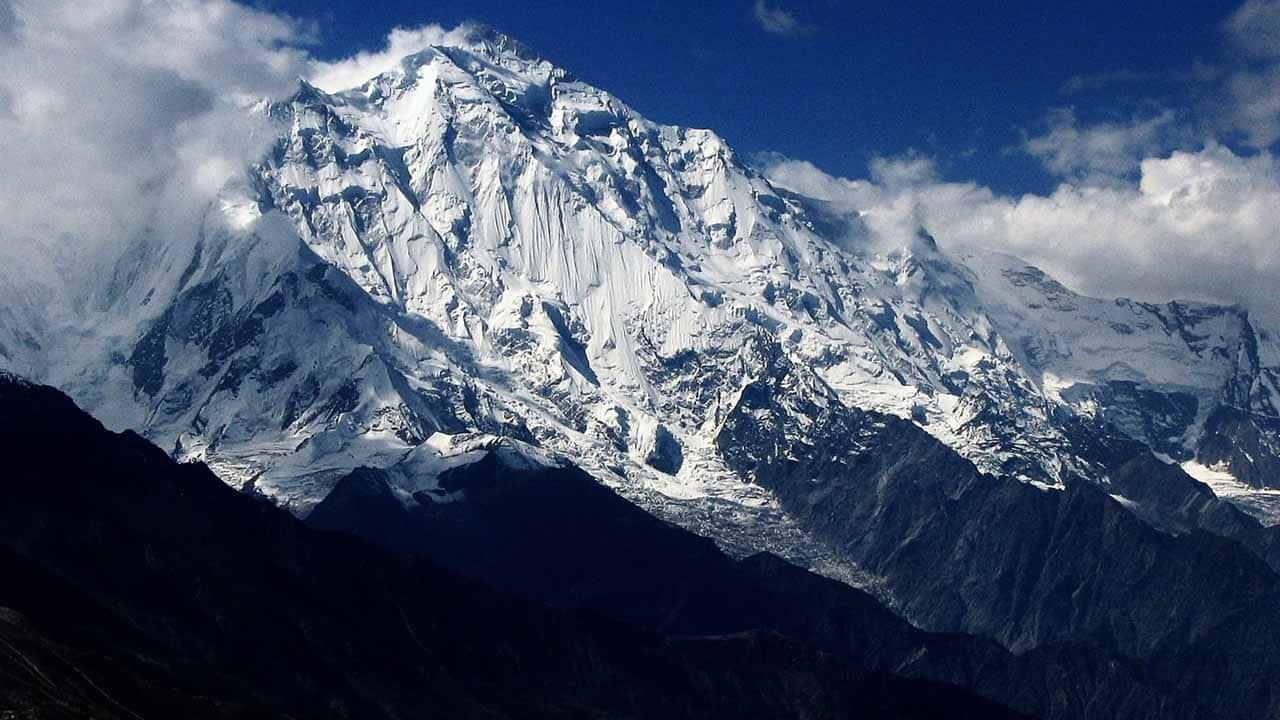
The mountain is surrounded by lush green forests and crystal-clear rivers, making it a popular destination for adventure enthusiasts and nature lovers. It offers a challenging climb for experienced mountaineers, with its steep and rugged terrain, and unpredictable weather conditions. Despite the difficulties, many climbers flock to Rakaposhi each year to test their skills and enjoy the breathtaking views from the summit.
Rakaposhi is also an important cultural and spiritual site, with a rich history and mythology that dates back thousands of years. Local legends tell of fairies, spirits, and gods who reside on the mountain and offer blessings to those who respect its power and beauty. In recognition of its significance, Rakaposhi has been designated as a protected area, with efforts underway to conserve its unique flora, fauna, and cultural heritage.
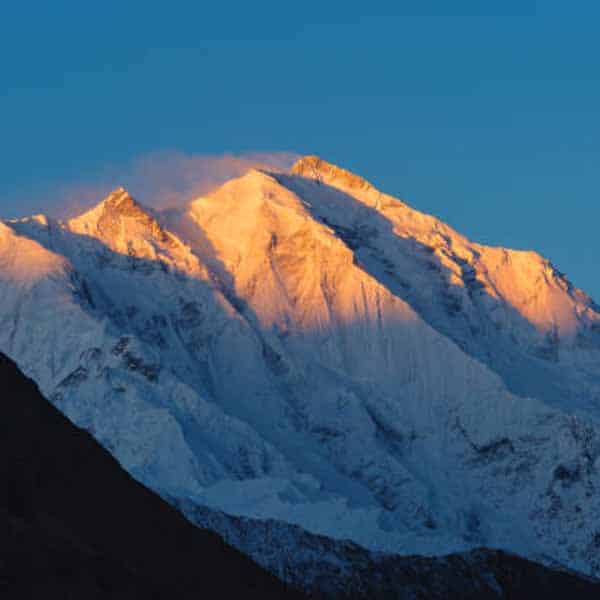
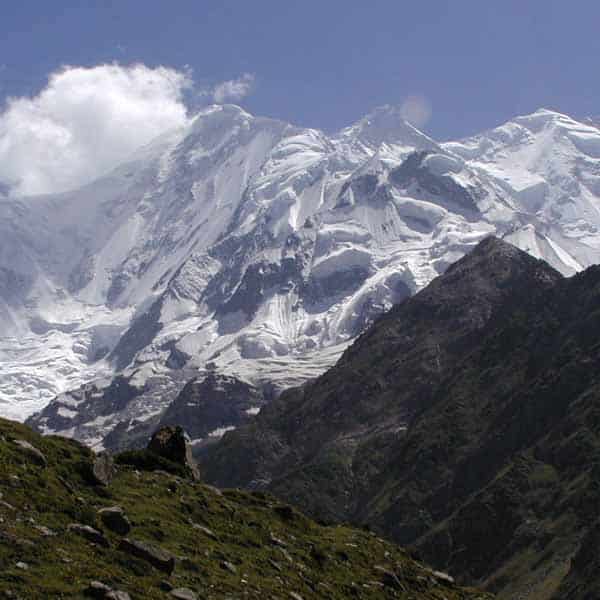

Rakaposhi is not only a majestic peak but also a symbol of the natural and cultural richness of Pakistan. It serves as a reminder of the beauty and wonder that can be found in the world and inspires us to protect and preserve the planet’s precious resources.
In conclusion, Pakistan is home to some of the world’s highest and most challenging mountain peaks, offering mountaineers and adventurers a unique and thrilling experience.
